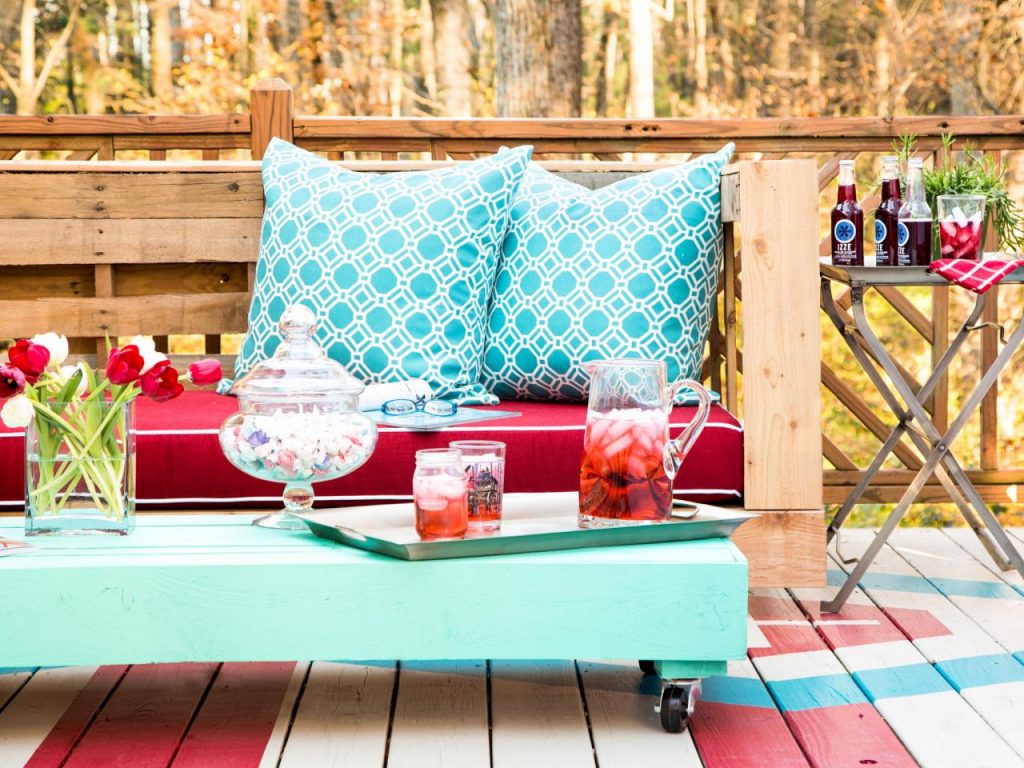Peperomie Pflanze - Merkmale, Sorten, Bewässerung, Vermehrung
Peperomie ist eine weit verbreitete Zimmerpflanze, die in Häusern und Wohnungen zu finden ist. Sie ist so beliebt, weil es viele verschiedene Sorten gibt, aus denen jeder die beste Pflanze für seine Ansprüche auswählen kann. Sehen Sie sich an, wie die Peperomia aussieht, und erfahren Sie, was Sie wissen sollten, bevor Sie eine Pflanze mit nach Hause nehmen.

Peperomie - was für eine Pflanze ist das?
Peperomie (Peperomia) wird oft als Heizkörperpflanze bezeichnet. Nach der offiziellen Klassifizierung gehört sie zur Familie der Paprikapflanzen. An den meisten Orten der Welt wird sie als Zimmerpflanze kultiviert. Sie wächst aber auch unter natürlichen Bedingungen - vor allem in Mittel- und Südamerika.
Interessanterweise gibt es mehr als 1500 verschiedene Sorten dieser Pflanze, was nur bestätigt, wie beliebt sie ist.
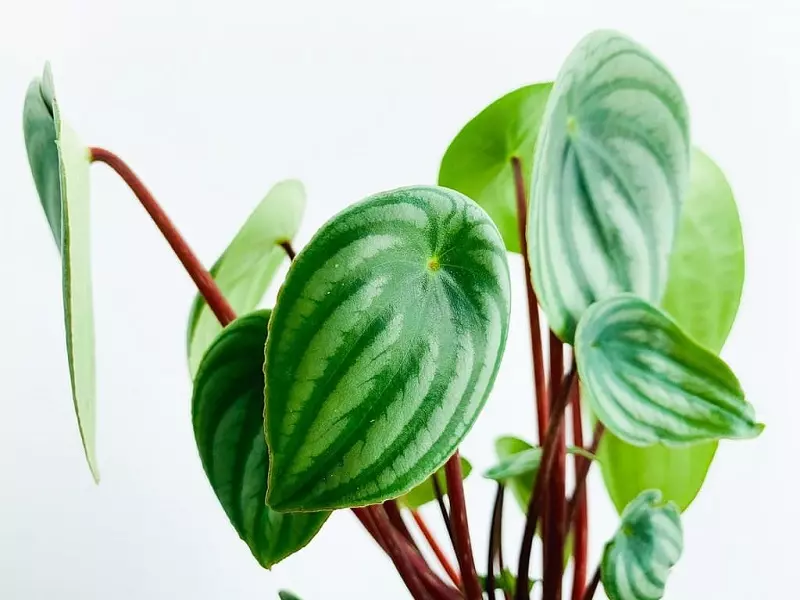
Wie sieht die Peperomie aus?
Peperomie gehört zur Gruppe der kleinen Pflanzen. Die maximale Höhe, die sie erreichen können, beträgt bei den meisten Sorten etwa 20-30 cm. Daher eignen sich diese Pflanzen perfekt als grüne Dekoration auch in einer sehr kleinen Wohnung.
Die Blätter sind das Hauptdekorationselement von Pfefferminze. Interessant ist, dass jede Sorte anders aussieht. Die Blätter haben unterschiedliche Formen, Farben und sogar Ränder. Je nach Art ist auch der Wuchs der Pflanze unterschiedlich. Einige sind eher hängend, andere ähneln kleinen Sträuchern.
Peperomie - verschiedene Arten
Peperomia ist eine Pflanzengruppe, die in verschiedene Arten unterteilt ist. Viele Menschen entscheiden sich für eine der beliebtesten - Peperomie obtusifolia, auch bekannt als Babygummipflanze. Neben dieser gibt es noch andere Arten wie z.B.:
- Peperomia caperata,
- Peperomia glabella,
- Peperomia magnoliifolia,
- Peperomia watermelon,
- Peperomia clusiifolia.

Peperomie - bemerkenswerte Sorten
Neben der Einteilung in Arten gibt es bei Peperomie auch verschiedene Untersorten. Natürlich sind einige beliebter als andere - das gilt vor allem für Pflanzen aus den Gruppen der magnofolia (Löffelblatt-Peperomia) und obtusifolia (Baby-Gummipflanze).
Peperomie - Sorten aus der Gruppe der Baby-Gummipflanzen:
- Minima,
- Alba,
- Variegata,
- Albo-marginata.
Löffelblatt-Peperomie-Sorten:
- Variegata,
- Golden Gate,
- Green Gold,
- Rainbow.
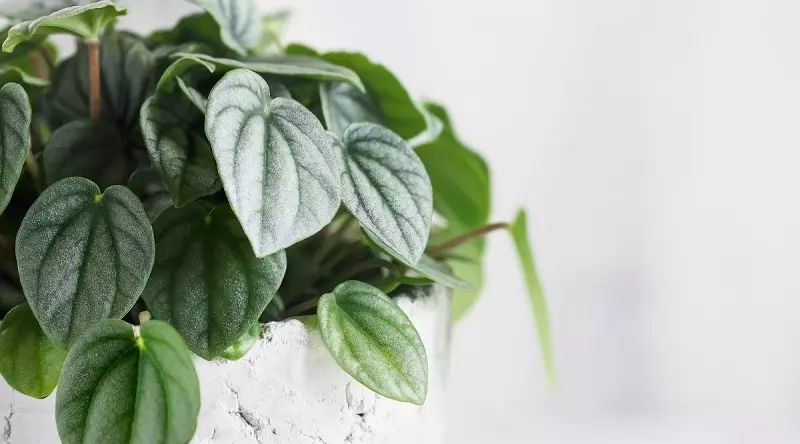
Welcher Boden ist der beste für Peperomia-Pflanzen?
Peperomia-Pflanzen bevorzugen leichte und durchlässige Böden, die reich an Nährstoffen sind Der pH-Wert sollte relativ sauer sein, vorzugsweise zwischen 5,7 und 6,8.
In Gartengeschäften werden für Peperomia-Pflanzen geeignete Topfmischungen angeboten. Erfahrene Gärtner entscheiden sich oft dafür, ihre eigenen Mischungen mit Erde aus ihrem Garten, Torf und Kompost herzustellen. Das ist möglich, erfordert aber Kenntnisse.
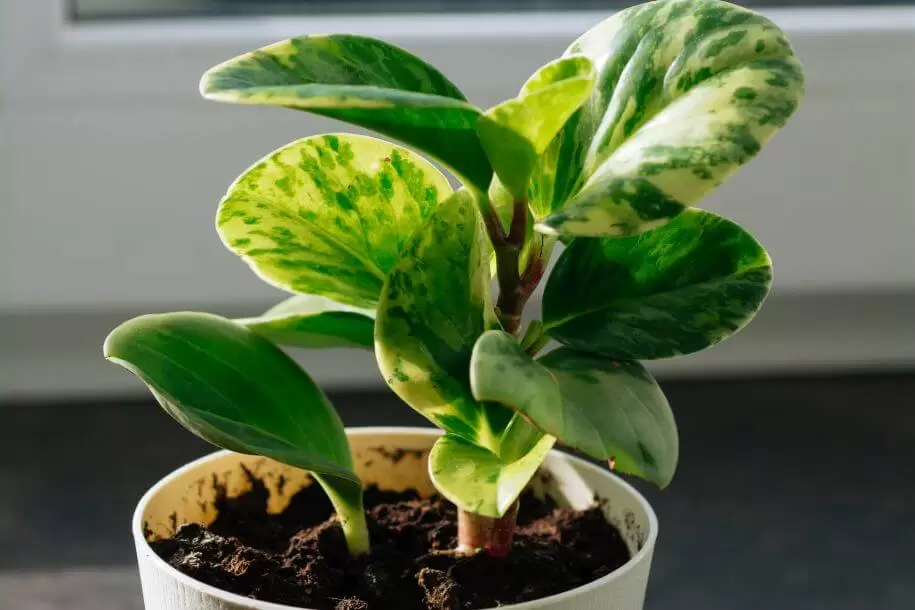
Welchen Standort braucht die Peperomia-Pflanze?
Peperomia ist eine recht anspruchsvolle Pflanze, wenn es um ihren Standort geht. Sie mag sonnige Plätze, darf aber gleichzeitig nicht der direkten Sonne ausgesetzt werden - eine Fensterbank ist also nicht unbedingt die beste Wahl.
Am besten ist es, den Topf in ein Pflanzgefäß in der Nähe eines Fensters oder einer Balkontür zu stellen. Auf diese Weise profitiert die Pflanze von verteiltem Sonnenlicht.
Wie gießt man Peperomia?
Peperomia mag nicht zu viel Feuchtigkeit in der Erde, also gießen Sie sie nicht zu häufig, da dies zu Wurzelfäule führen kann. Auch bei niedriger Luftfeuchtigkeit und hoher Raumtemperatur müssen Peperomia nicht mehr als einmal alle 2 Wochen gegossen werden.
Peperomia - mögliche Bedrohungen
Peperomia ist ziemlich widerstandsfähig, unabhängig davon, welche Sorte Sie wählen. Überwässerter Boden ist die größte Bedrohung für diese Pflanzen. Woran erkennt man, dass etwas nicht in Ordnung ist? Die Blätter fangen an zu hängen, und die Wurzeln verfaulen. Es können auch Pilzkrankheiten auftreten, z. B. Grauschimmel.
Was Schädlinge angeht, so sind Schildläuse die größte Gefahr. Sie treten jedoch recht selten auf.
Seien Sie besonders vorsichtig, wenn Sie die Pflanze umpflanzen. Peperomia ist recht empfindlich, so dass schon ein leichtes Ziehen an einem Blatt zu Schäden führen kann.
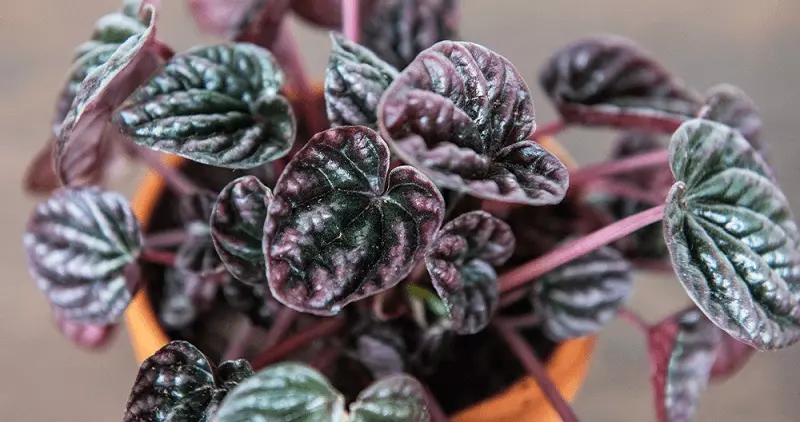
Empfohlene Artikel




